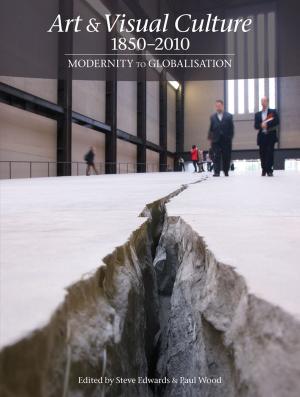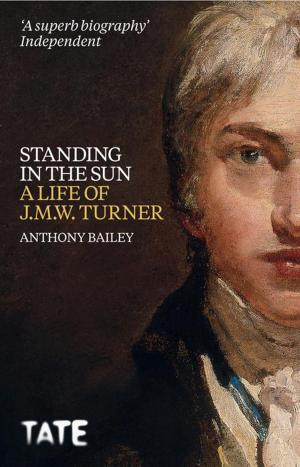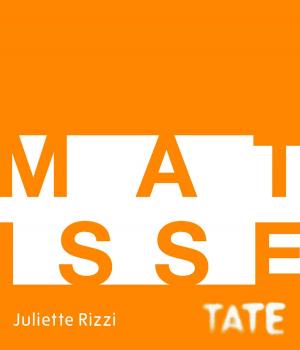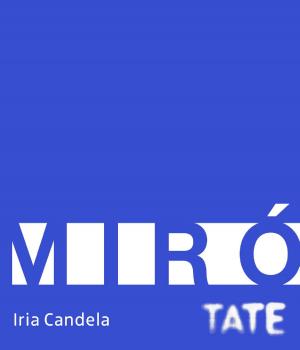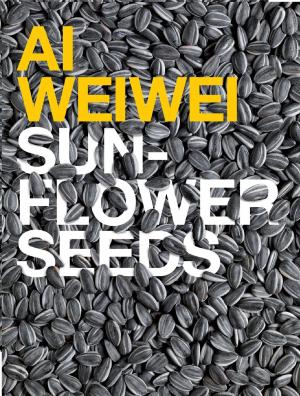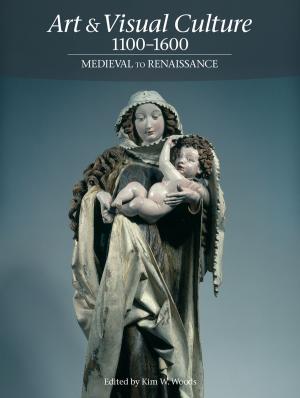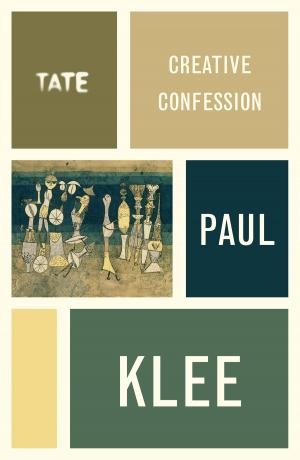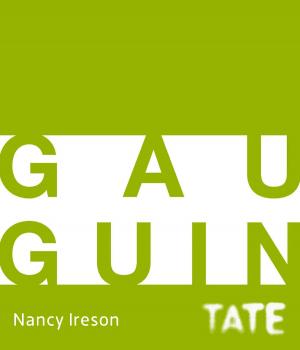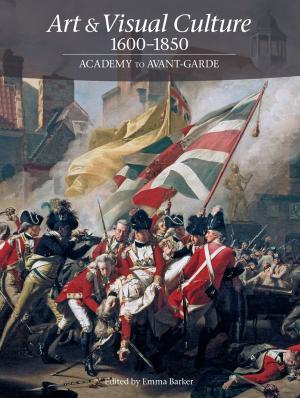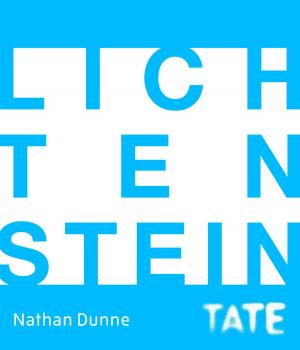Henry Moore: On Being a Sculptor
Nonfiction, Art & Architecture, Art Technique, Sculpture, General Art, Individual Artist| Author: | Henry Moore | ISBN: | 9781849761376 |
| Publisher: | Tate Enterprises Ltd | Publication: | September 5, 2013 |
| Imprint: | Tate Publishing | Language: | English |
| Author: | Henry Moore |
| ISBN: | 9781849761376 |
| Publisher: | Tate Enterprises Ltd |
| Publication: | September 5, 2013 |
| Imprint: | Tate Publishing |
| Language: | English |
Henry Spencer Moore (1898-1986) was arguably the most influential British sculptor of the twentieth century. Brought up in Castleford in Yorkshire, Moore ended his life completing commissions for large-scale public sculptures in countries around the world. The scale of Moore's success in later life has tended to obscure the radical nature of his achievement. Rejecting the influence of his teachers and inspired by works from other cultures he saw in museums, Moore championed direct carving, evolving abstract sculptures derived from the human body. He was involved in the modernist Seven and Give Society and later in Unit One. Written by Henry Moore in the 1930s, these three powerful, polemical texts lay out his ideas about sculpture, calling for truth to materials, openness to other sculptural traditions and understanding of the importance of scale. Illustrated with archival photographs and with an introduction by his daughter Mary Moore, this book gives new insights into Moore's working methods and inspiration and speaks directly to artists today.
Henry Spencer Moore (1898-1986) was arguably the most influential British sculptor of the twentieth century. Brought up in Castleford in Yorkshire, Moore ended his life completing commissions for large-scale public sculptures in countries around the world. The scale of Moore's success in later life has tended to obscure the radical nature of his achievement. Rejecting the influence of his teachers and inspired by works from other cultures he saw in museums, Moore championed direct carving, evolving abstract sculptures derived from the human body. He was involved in the modernist Seven and Give Society and later in Unit One. Written by Henry Moore in the 1930s, these three powerful, polemical texts lay out his ideas about sculpture, calling for truth to materials, openness to other sculptural traditions and understanding of the importance of scale. Illustrated with archival photographs and with an introduction by his daughter Mary Moore, this book gives new insights into Moore's working methods and inspiration and speaks directly to artists today.

